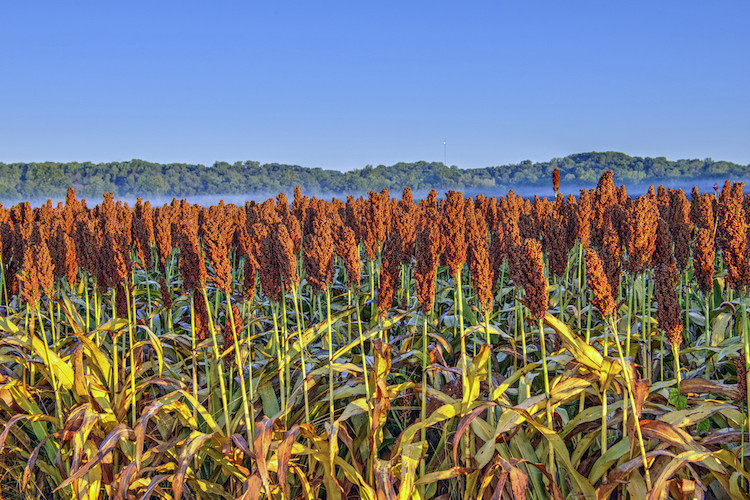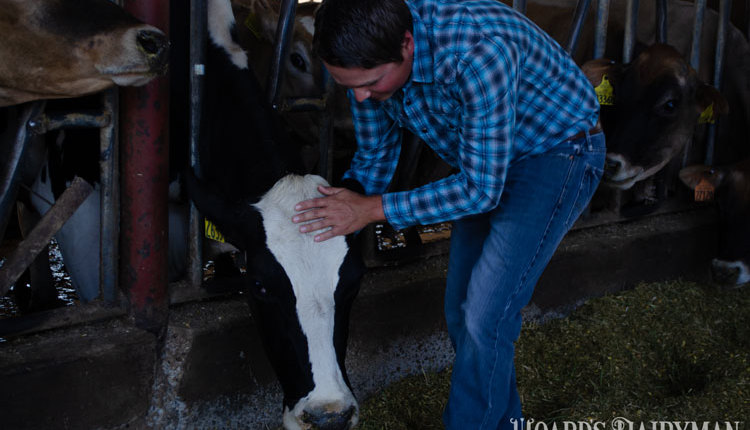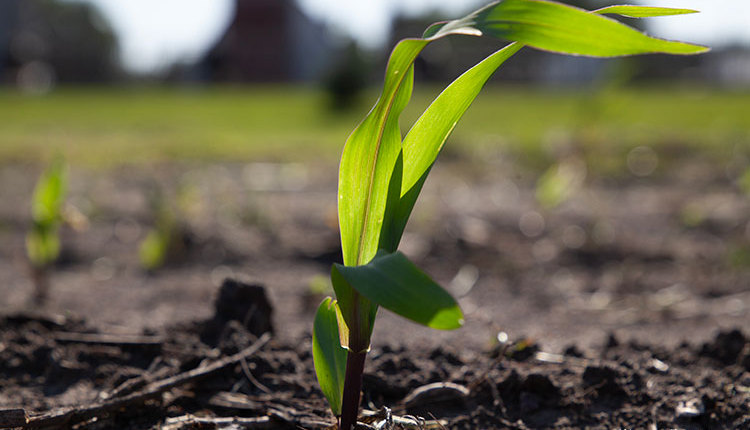
Alternative forage and emergency forage are two terms often used to describe annual forages that may fill a need in a forage program. Over the years, examples have included cereal grains harvested as forage, annual legumes, sorghum, sudangrass, sorghum-sudangrass, teff, and millet, among others.
The terms “alternative” and “emergency” are often used interchangeably, but the approach implied by each can impact their levels of success. The term “emergency” indicates the considered use is under less than ideal conditions, though approaching them as alternatives can also limit potential success. Asking yourself if you have legitimate reasons to consider alternative forages and then moving to a mindset that these are your forage program, not an alternative, is critical to optimizing their potential.
Why are you exploring alternatives?
In those “emergency” scenarios, these forages may present a viable option for addressing an unexpected shortfall. In this case, it is important to keep in mind that while they may help address an emergency, they are unlikely to be an ideal fix to all problems, and asking some questions about how you will utilize them is key. You may find your answers indicate their benefits may be limited but decide to pursue their use anyway given the situation. Even in this case, being aware of these realities going into the endeavor improves the odds of success.
Moving past the emergency scenario, clearly identifying the underlying reasons for exploring alternatives and asking if the current forage type is truly the bottleneck or if it is some other factor (that will not be fixed by changing the forage type) is important.
While corn silage and perennial hay crops are the staples of many dairies, we know dairies do not all fit the same mold. Factors including land, labor, animal needs, and facilities may impact their level of success. This can create an opportunity for alternative forages to provide a better fit on some farms. On the other hand, while it can be good to challenge the status quo and keep an open mind about diverse options, there is merit in the old saying “If it is not broken, don’t fix it.” Implementing an alternative without a clear need is often counterproductive.
Fitting it in the cropping schedule
These forages can offer robust yields and may improve overall productivity, but the results can also be very disappointing. Some summer annuals are known to perform better than cool season perennials in the heat of the summer or under drought conditions, but tolerance to these conditions does not mean they are invincible. They may offer a later viable planting window than corn, but they still have a recommended planting window to adhere to for optimum performance. Collect unbiased data on their performance and be realistic in your planning.
The timing of planting and harvest with these crops can be an advantage or disadvantage. They may offer an alternative planting window that shifts the task away from an already busy time. Conversely, examples such as a winter cereal double cropped with corn silage may create more work at the busiest times. To optimize performance in many geographies, winter cereal forage planting needs to occur at the same time or immediately after corn silage harvest. Furthermore, when targeting dairy quality feed, the early spring harvest window for winter cereals can pile onto the already intense spring workload. This can be managed successfully but needs to be considered and planned for.
Know how you can use it
Similar to variable yield performance, many of these crops can offer high quality or can turn out quite poorly. It is important to plan out what group of animals would best match the quality potential while also considering the expected inventory based on acres planned and realistic yields. Planting a few acres as a trial run may be useful agronomically, but it may leave you too little inventory to truly evaluate the forage’s merits in a feeding program.
The differing characteristics of these forages also raise the importance of storing and management. As with all forages, the best utilization of the feed will result from storing it in a designated area where it is accessible to be fed at the time and in the quantity needed for the target group of animals.
Alternative forages are not a silver bullet to forage concerns, but with the correct mindset and proper planning, they can be an effective piece of the forage management puzzle on some farms.








